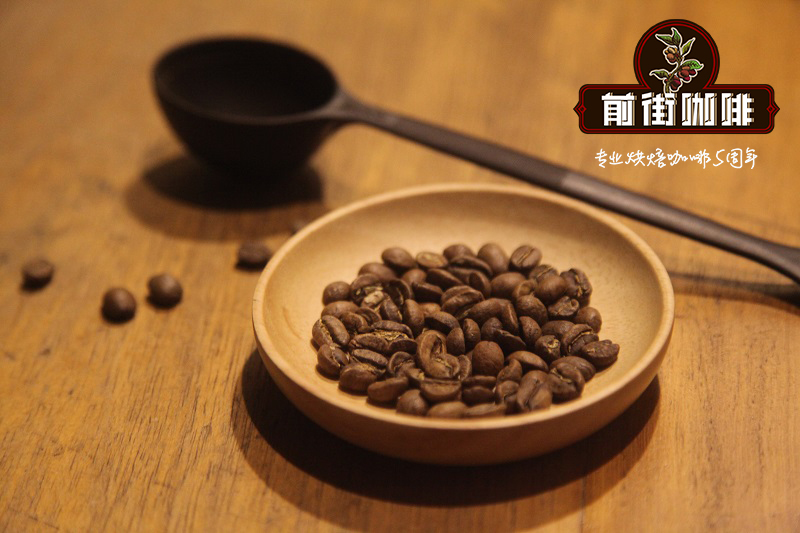Philippine Coffee | Origin of Philippine Coffee cultivation History _ introduction to Philippine Coffee Bean producing areas
Coffee cultivation in the Philippines was mainly during the Spanish colonial period. In order to promote enlightenment, Spanish colonists proposed that they could be rewarded by planting 16000 square feet of coffee trees (equivalent to 6000 coffee trees). So a local farmer turned his farm land into a coffee circle and was rewarded with 1000 pesos. His incident took the lead, and other farmers rushed to follow suit. Increased the total output of coffee beans in the Philippines.
The Philippines was the first target to export coffee beans to the United States. in the 1860s, the sales of coffee beans in the Philippines soared until the 1880s, when the Philippines became the fourth largest coffee producer in the world, but in 1889, because leaf rust spread to the Philippines, its production was reduced by 80%. In the following 50 years, the Philippine coffee industry went into the doldrums, and in 1950, with funding from the United States. The Philippines has introduced Robusta and other varieties with strong disease resistance.
There are five major producing areas in the Philippines, namely: Cordillera, Karabadu, Mimaroba, Missouri and Mindanao. Among them, Cordillera District grows more boutique Robusta coffee beans, such as Red bourbon, Yellow bourbon, Tibika, New World and so on. The other four producing areas are mainly robusta coffee beans.

Important Notice :
前街咖啡 FrontStreet Coffee has moved to new addredd:
FrontStreet Coffee Address: 315,Donghua East Road,GuangZhou
Tel:020 38364473
- Prev

Zambian Coffee | Zambian Coffee planting History _ introduction to Zambian Coffee Bean producing areas
Zambian coffee beans were introduced to Zambia by missionaries in the 1950s, but it was not until the late 1970s that coffee production began to increase with funding from the World Bank. The main varieties planted are Katimo and Bourbon, and the main varieties of coffee in Zambia.
- Next

Thai Coffee | introduction of Thai Coffee Bean producing areas _ Historical Origin of Coffee cultivation in Thailand
There are two theories about the history of coffee bean cultivation in Thailand. the first is that in 1904, a Muslim pilgrim passed through India on his way back to Thailand, where he brought some Robusta coffee bean seeds back to Thailand and planted it on the land of southern Thailand. Another kind of story is in 1950, when a man with great intentions
Related
- Guji coffee producing area of Guji, Ethiopia: Humbela, Shakiso, Wulaga
- What is the most expensive variety of Qiloso in BOP multi-variety group?
- How to store the coffee beans bought home?
- Why are Yemeni coffee beans so rare now?
- Ethiopian Sidamo all Red Fruit Sun Sun Santa Vini Coffee beans
- SOE is mostly sour? What does it mean? Is it a single bean? what's the difference between it and Italian blending?
- Is Italian coffee beans suitable for making hand-brewed coffee?
- How to choose coffee beans when making cold coffee? What kind of coffee beans are suitable for making cold coffee?
- Just entered the pit to make coffee, what kind of coffee beans should be chosen?
- Can only Japan buy real Blue Mountain Coffee? What are authentic Jamaican Blue Mountain coffee beans?

